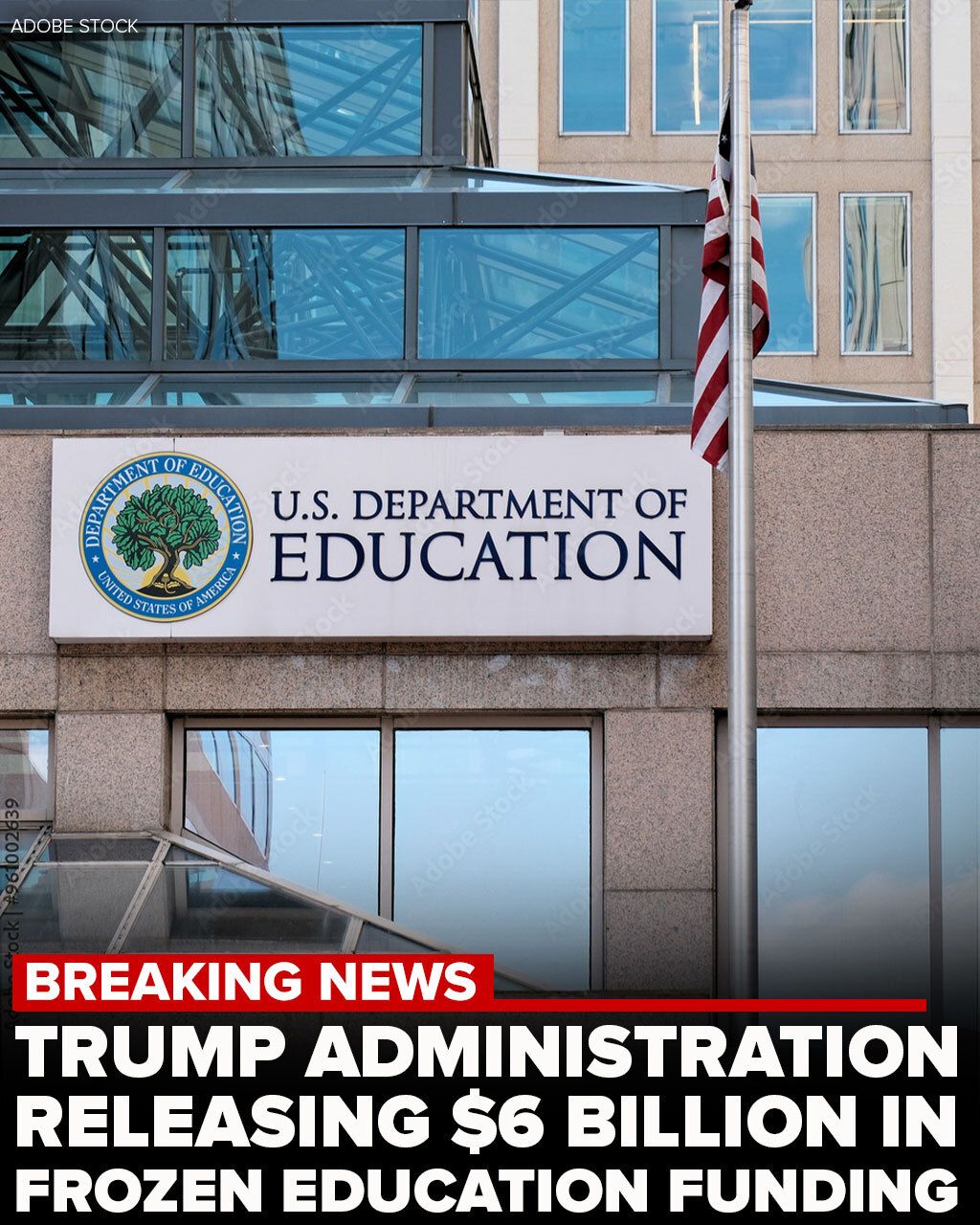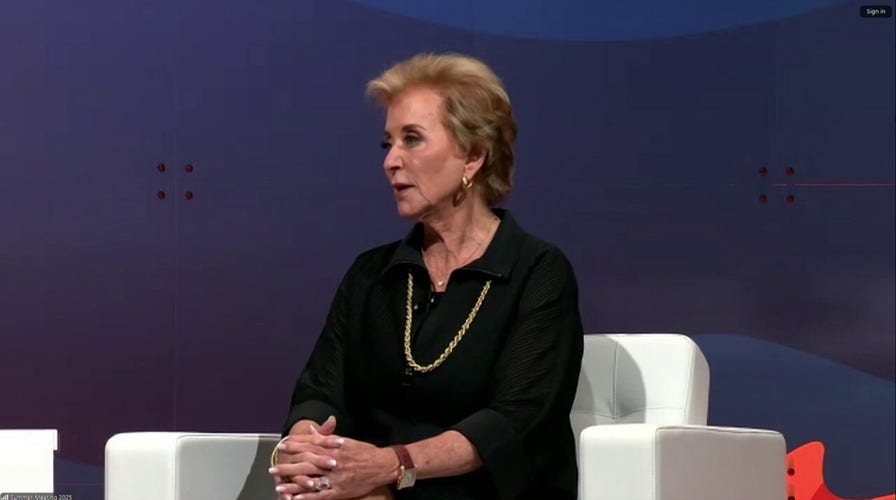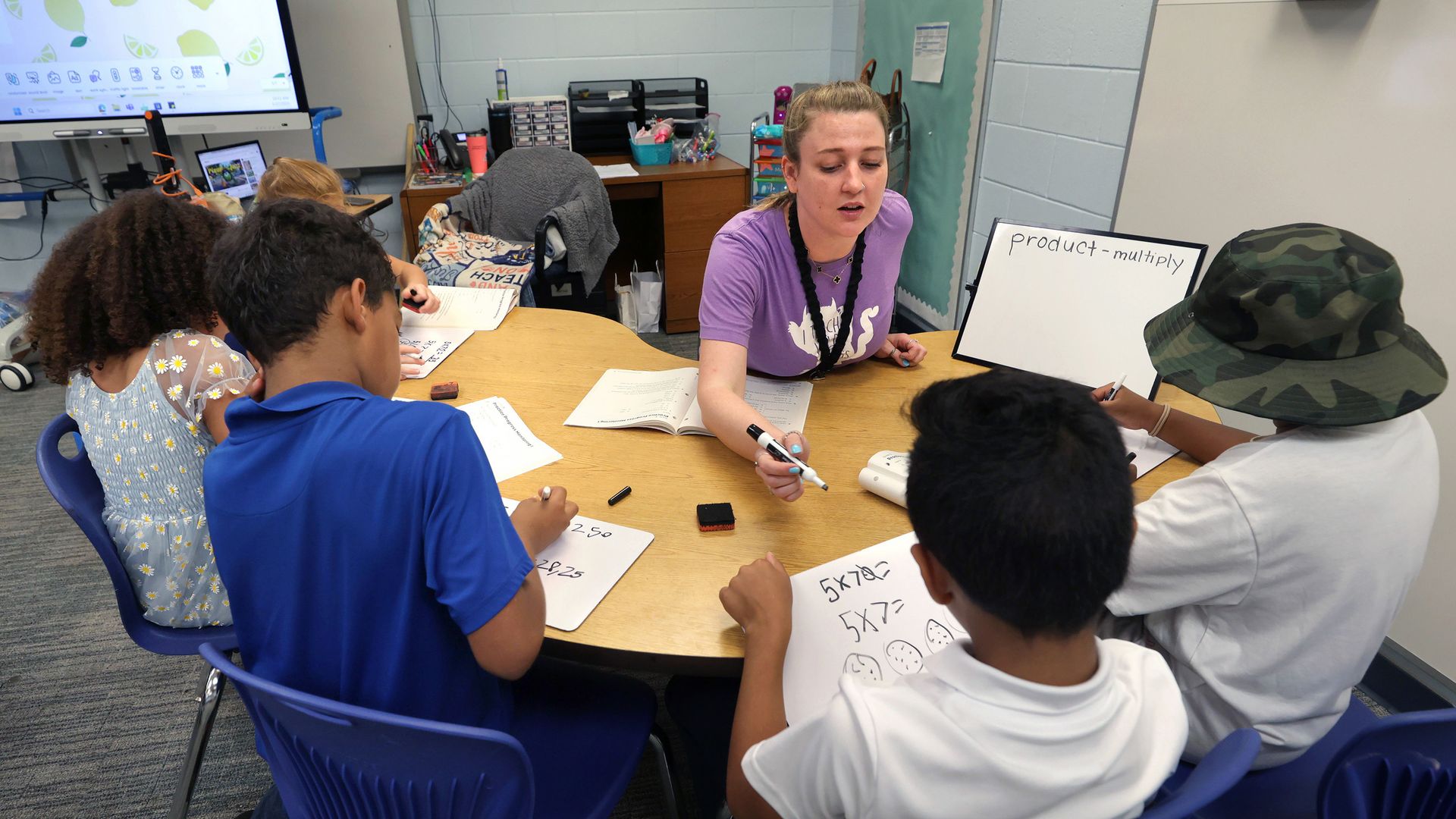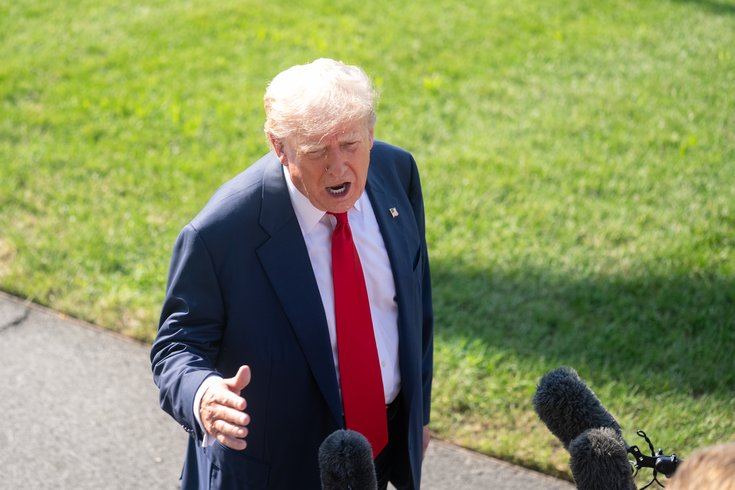Trump Administration to Release Billions in Frozen Education Funds, Ending Weeks of Uncertainty

The Trump administration's Education Department announced on July 25, 2025, that it would release billions of dollars in previously withheld grant money for schools, bringing relief to educators and school districts across the country. This decision ends weeks of uncertainty that began when the administration initially froze the funds.
According to the announcement, the Office of Management and Budget (OMB) has completed its review of the programs, and the funds are expected to begin flowing to states the week of July 28, 2025. This follows a partial release of $1.3 billion for after-school and summer programming that occurred around July 18th.
Timeline of Events: From Freeze to Release

The situation unfolded rapidly over the course of a month. Here's a timeline of the key events:
- July 1, 2025: The Trump administration suspended over $6 billion in federal education funding, initiating a review to ensure spending aligned with White House priorities. This action occurred on the traditional disbursement date for these funds.
- July 14, 2025: A coalition of more than 20 states, led by California, filed a federal lawsuit challenging the legality of the funding freeze.
- July 16, 2025: A group of 10 Republican senators sent a letter to the OMB, urging the administration to release the frozen education money.
- Around July 18, 2025: The Education Department announced it would release $1.3 billion specifically for after-school and summer programming.
- July 25, 2025: The Education Department confirmed the release of the remaining billions in frozen funds.
- Week of July 28, 2025: Funds are expected to begin flowing to states.
Why Were the Funds Frozen? OMB Review and "Radical Leftwing Agenda"

The Trump administration initially withheld over $6 billion in congressionally appropriated education funds, citing a review to ensure that the spending aligned with the White House’s priorities. The OMB suggested that some of the programs supported a "radical leftwing agenda," leading to the freeze.
Which Education Programs Were Affected?

The frozen funds encompassed several critical areas of education. Here’s a breakdown:
- Title II-A: Approximately $2 billion earmarked for teachers' professional development and class size reduction.
- Title IV-A: $1 billion allocated for academic enrichment grants, which are often utilized for science and math education and accelerated learning initiatives.
- Title III-A: $890 million intended for programs supporting students learning English.
- Title I-C: $376 million designated for migrant education.
- Title IV-B: $1.3 billion assigned to after-school and summer programs.
Key Players: Stakeholders and Their Roles

The funding freeze and subsequent release involved a diverse array of stakeholders:
- Trump Administration/Education Department/Office of Management and Budget (OMB): Initiated and then reversed the freeze, citing the need to align spending with White House priorities and a review process.
- School Districts and Nonprofits (e.g., YMCA, Boys and Girls Club of America): These entities rely on these funds for essential programs, staff salaries, and educational services. Many had warned of potential closures or scaling back of services.
- Educators and School Superintendents (e.g., AASA): They voiced strong concerns about the impact on students and advocated for the release of the funds.
- U.S. Congress (Bipartisan): Congress had already appropriated the money, and members from both parties, including 10 Republican senators, pressured the administration to release the funds.
- States (e.g., California): Many states depend heavily on these federal funds and initiated lawsuits to compel their release, arguing the withholding was unlawful.
- Students and Families: They are directly impacted by the potential loss or reduction of programs vital for English language instruction, after-school care, and academic support.
Controversy and Public Reaction: A Contentious Decision

The withholding of congressionally appropriated funds without prior notice or formal justification sparked significant controversy. Critics, including education officials and legal experts, argued that it represented an unlawful attempt to advance the President's policy preferences and undermine public education.
This action also raised questions regarding the Impoundment Control Act, which generally prohibits the executive branch from unilaterally withholding funds appropriated by Congress. The U.S. Government Accountability Office (GAO) recently found that the Department of Health and Human Services (HHS) violated this act by withholding Head Start funds, potentially setting a precedent applicable to the education funds.
Relief Mixed with Lingering Concerns
The announcement of the fund's release was met with widespread relief from educators, school districts, and advocacy groups. However, the disruption and uncertainty caused by the freeze remain a concern, with many programs experiencing setbacks such as staff losses and cancelled initiatives.
The administration faced accusations of "playing games with students' futures" and undermining public education. The bipartisan pressure from Congress underscored the broad support for these programs.
Consequences of the Initial Freeze: Budget Shortfalls and Lawsuits

The initial freeze had several significant consequences:
- Financial strain on states and local communities.
- School districts faced budget shortfalls, potentially leading to cuts in academic services, staffing, and critical programs, particularly affecting vulnerable student populations such as English language learners and migrant students.
- Multiple states filed lawsuits.
- Uncertainty in planning for the upcoming academic year.